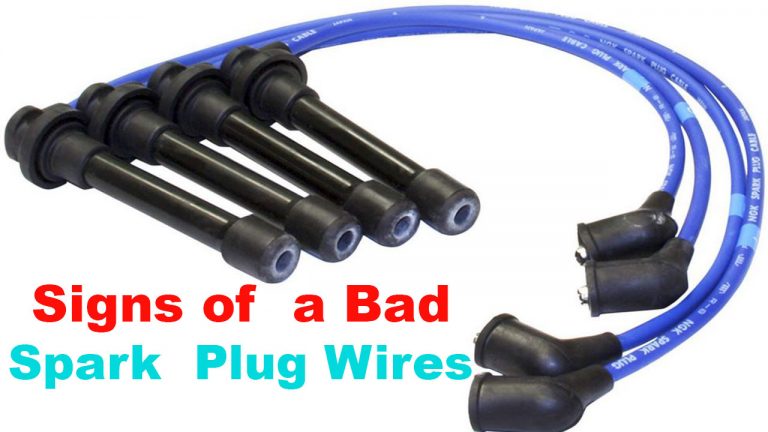

They kind of stick to the catalytic converter instead of burning off. This often happens because of the oil that is burning inside of the engine and the particles that the oil is releasing when it’s burning. If you need to replace the catalytic converter, you are looking at a hefty repair bill. Not only can the valves become clogged with oil, dramatically affecting how the engine runs, but the spark plugs can also foul.Īdditionally, the catalytic converter could get clogged since oil isn’t supposed to travel through this part. There are many reasons that bad valve seals can affect engine performance.

It could get bad enough to stall the engine. This problem alters the air-fuel mixture and leads to a rough idle. However, when a valve seal is defective, oil can make its way into the combustion chamber where it doesn’t belong. There are several issues that can also lead to a rough idle. That’s why oil consumption must be combined with other symptoms to determine whether the valve seals are to blame. It can also be caused by defective worn valve guides or there may be an internal leak. Yet, high oil consumption isn’t just a problem for bad valve seals. If you need to put oil in more frequently, you may have an issue with the valve seals. Yet other manufacturers remain silent on the situation.Įither way, if your vehicle has fewer than 50,000 miles on the odometer, you shouldn’t be going through more than a quart of oil between oil changes unless the automaker says something else. GM also states that normal consumption can be one quart every 2,000 miles. For example, BMW suggests that its engines may burn a quart of oil every thousand miles. To determine how much oil consumption is normal, it’s helpful to look at guidance from the car manufacturer. It’s not uncommon for some vehicles to use oil between changes. Either way, you want to change the spark plugs, but not before you fix the underlying issue. It could be coming from a leaking valve seal or a defective turbocharger.Īs it burns on the spark plug, it turns into a clay-like substance and it remains there. This problem indicates that oil made it through the combustion process and settled on the plugs. Oil On Spark Plugsĭuring a spark plug change, you might notice some oil on the tips. That’s why it’s important to run through some diagnostic steps listed below before concluding what may be the problem. This blue smoke can also be caused by worn piston rings or bad PCV (Positive Crankcase Ventilation) valves. While valve seals are a common cause of this problem, it’s not the only thing that may be wrong. It’s important to note that blue smoke simply means that the engine is burning oil. Over time, the blue smoke is going to get worse, especially while traveling at higher speeds. This problem forces oil through the exhaust pipe, where it turns into a cloud of blue smoke.

An exhaust valve seal can also be leaking. Yet, after some time, you should start to see the bluish tint it has.Īs the intake valve seal leaks, the engine consumes and burns more oil in the combustion chamber. Some people mistake the blue smoke for a grey color at first. In fact, this is one symptom that can help determine if the valve seals are bad. Most commonly, blue smoke starts to come out of the exhaust pipe when a valve seal is bad.

Let’s dive deeper into these six possible failing valve seal symptoms.


 0 kommentar(er)
0 kommentar(er)
